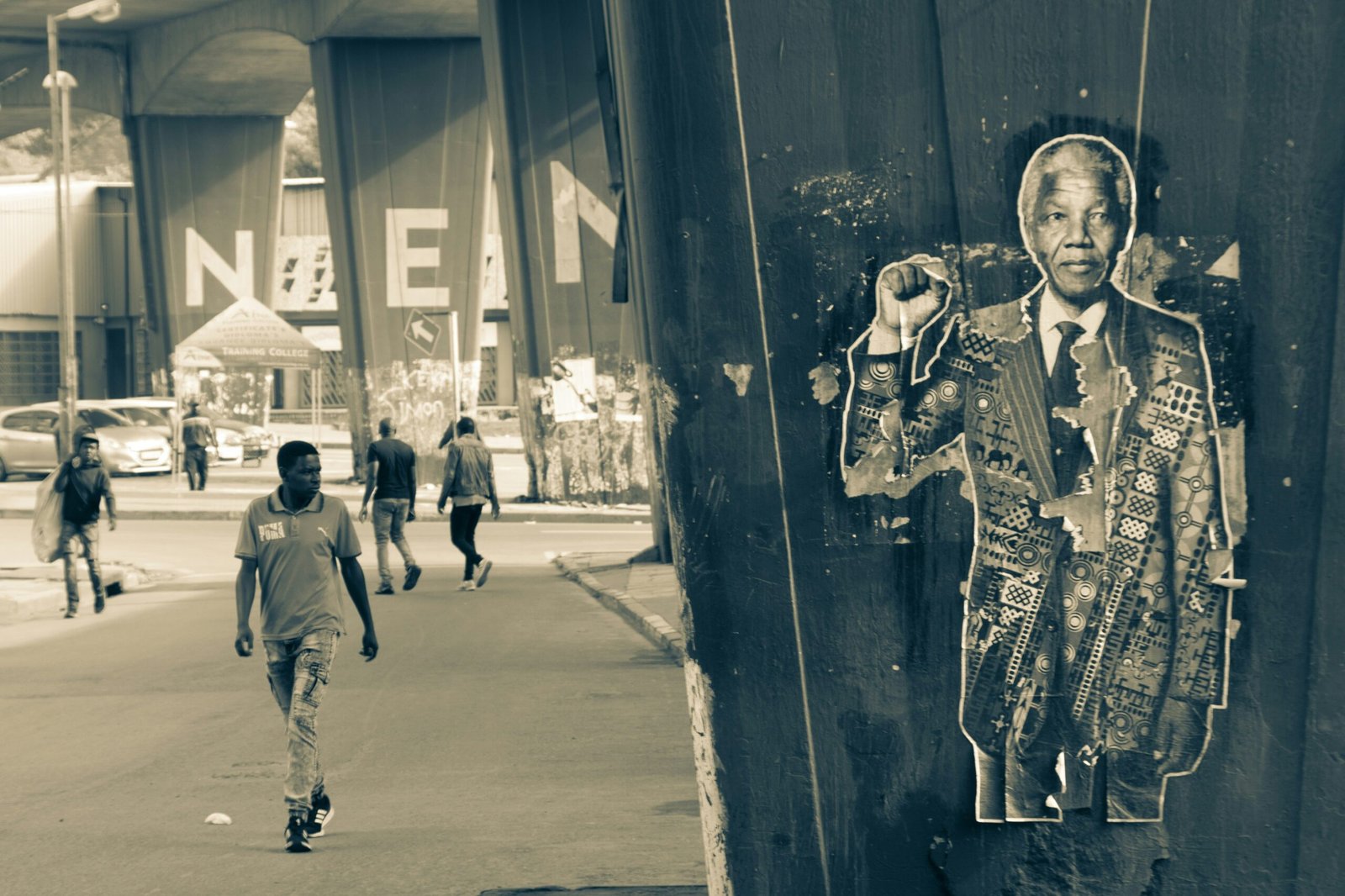Learn about the definition of apartheid, its origins, key features, and the end of apartheid in South Africa. Discover the legacy of apartheid and its impact on social and economic disparities in the country. Understand the importance of addressing the injustices of the past and working towards a more just and equal society for all.
The Definition and Legacy of Apartheid: South Africa’s System of Racial Segregation and Discrimination
What is the definition of apartheid? Apartheid is a term that originated in South Africa and refers to a system of institutionalized racial segregation and discrimination. The word itself is derived from Afrikaans, a language spoken in South Africa, and means “apartness” or “separateness”. Apartheid was officially implemented in 1948 and remained in place until 1994.
Under apartheid, the South African government enforced strict racial classifications, dividing the population into four main racial groups: White, Black, Coloured (mixed-race), and Indian/Asian. These racial categories determined where individuals could live, work, receive an education, and even marry. Apartheid aimed to maintain white minority rule and to ensure the dominance and superiority of the white population over all other racial groups.
Also, Learn about the meaning and purpose of prototypes in product development.
The Origins of Apartheid
The roots of apartheid can traced back to the colonization of South Africa by the Dutch in the 17th century. The Dutch settlers, known as Boers or Afrikaners, established a system of racial segregation and control over the indigenous African population. This system further reinforced during British colonial rule in the 19th century.
However, it was only in 1948, when the National Party came to power, that apartheid officially implemented as government policy. The National Party, led by Prime Minister Daniel F. Malan, believed in the superiority of the white race and sought to maintain white dominance through a series of discriminatory laws and policies.
The Key Features of Apartheid
Apartheid characterized by a wide range of laws and regulations that enforced racial segregation and discrimination. Some of the key features of apartheid included:
1. Racial Classification and Population Registration:
All individuals were classified according to their race and had to carry identification documents stating their racial category. This classification determined where individuals could live, work, and access public services.
2. Separate Amenities Act:
Public facilities such as schools, hospitals, parks, and even beaches segregated based on race. Separate facilities were provided for each racial group, with the resources and quality of services being vastly unequal.
3. Group Areas Act:
Under this act, different areas of the country designated for specific racial groups. POC individuals forcibly removed from areas designated for white occupation and relocated to segregated townships or homelands.
4. Pass Laws:
POC individuals required to carry passbooks at all times, which contained personal information and details of their employment. These passbooks used to control the movement of people of color individuals and restrict their access to certain areas.
5. Bantu Education Act:
Education segregated, with separate schools and curricula for each racial group. POC schools received significantly less funding and resources, resulting in a substandard education for POC students.
6. Prohibition of Mixed Marriages Act:
This act made it illegal for individuals from different racial groups to marry or have sexual relationships. It aimed to prevent the mixing of races and maintain racial purity.
The End of Apartheid
Despite the oppressive nature of apartheid, it faced widespread resistance from both domestic and international sources. The African National Congress (ANC), led by figures such as Nelson Mandela, played a crucial role in the fight against apartheid.
International pressure, in the form of economic sanctions and diplomatic isolation, also contributed to the eventual dismantling of apartheid. The United Nations and various countries around the world condemned apartheid as a violation of human rights and supported the anti-apartheid movement.
In 1990, South African President F.W. de Klerk announced the lifting of the ban on the ANC and released Nelson Mandela from prison after 27 years of incarceration. Negotiations between the government and the ANC led to the adoption of a new constitution in 1993 and the first democratic elections in 1994, which marked the end of apartheid.
The Legacy of Apartheid
The legacy of apartheid continues to impact South Africa today. While the formal system of apartheid has been dismantled, the effects of decades of racial discrimination and inequality are still evident.
Social and economic disparities persist, with significant gaps in income, education, and access to basic services between different racial groups. The process of reconciliation and addressing the injustices of the past is an ongoing challenge for the country.
However, South Africa has made significant progress in the post-apartheid era, with the establishment of a democratic government, the promotion of human rights, and efforts to promote equality and inclusivity.
It is important to remember the history of apartheid as a reminder of the dangers of institutionalized racism and discrimination and to continue working towards a more just and equal society for all. Above you may understand the definition of apartheid.
